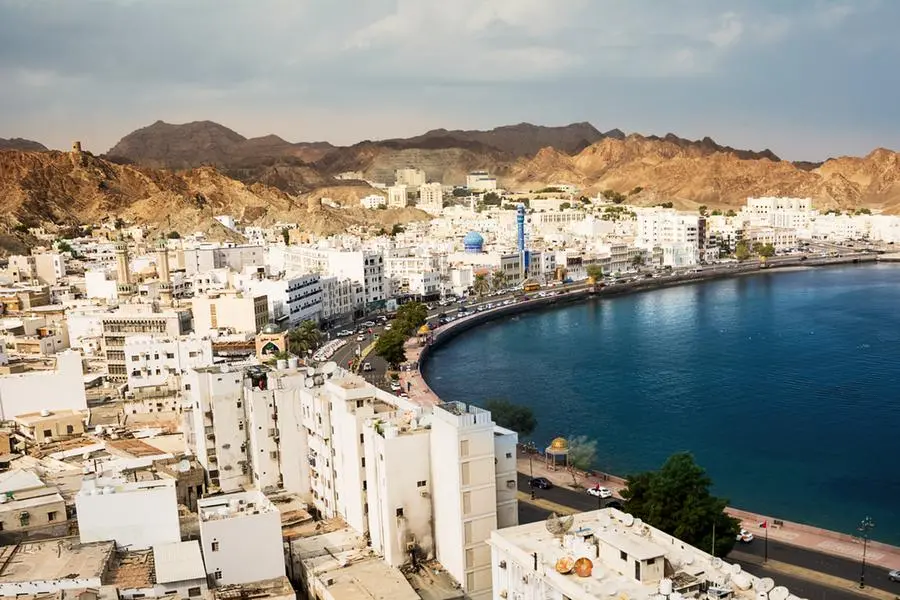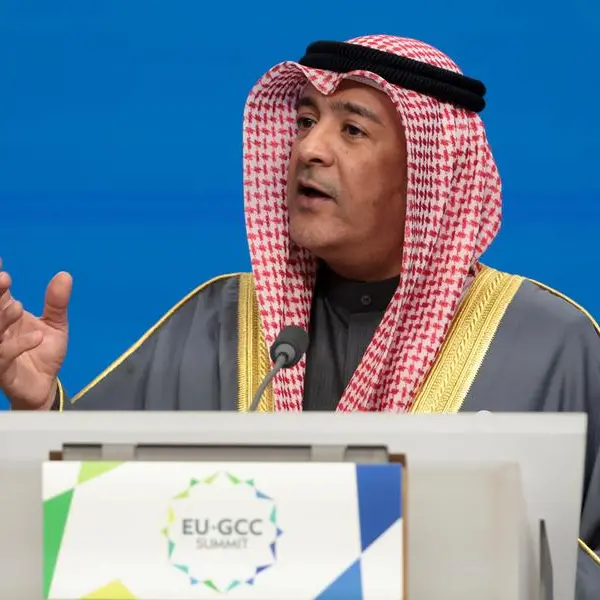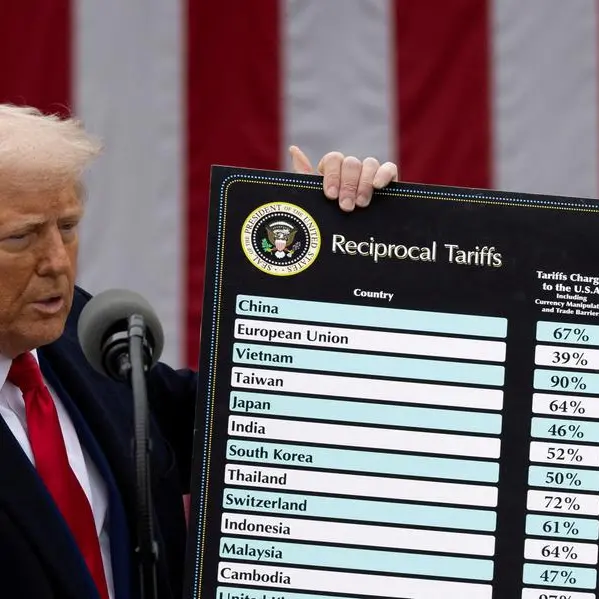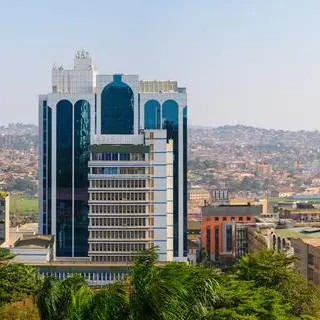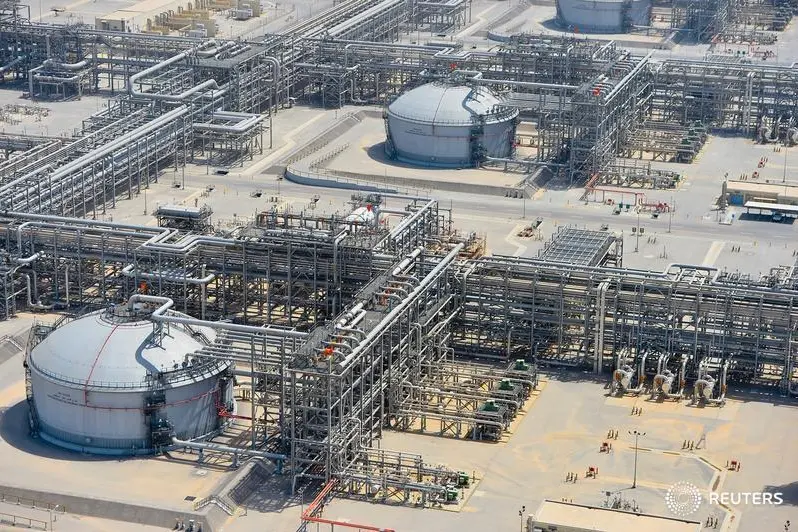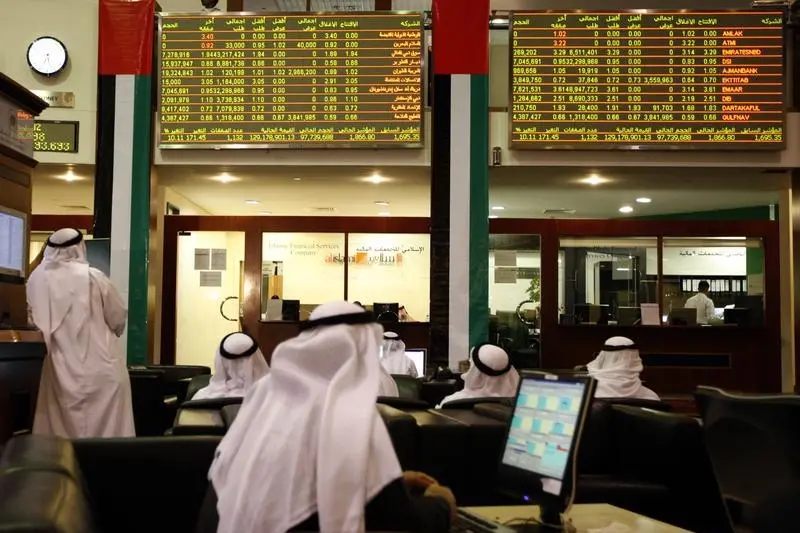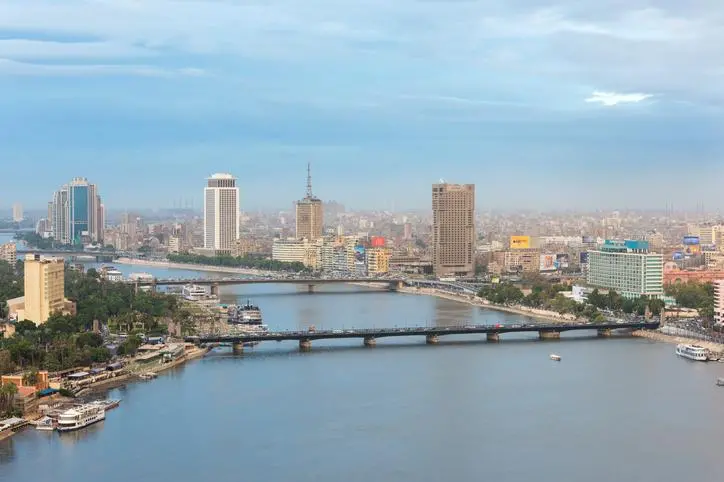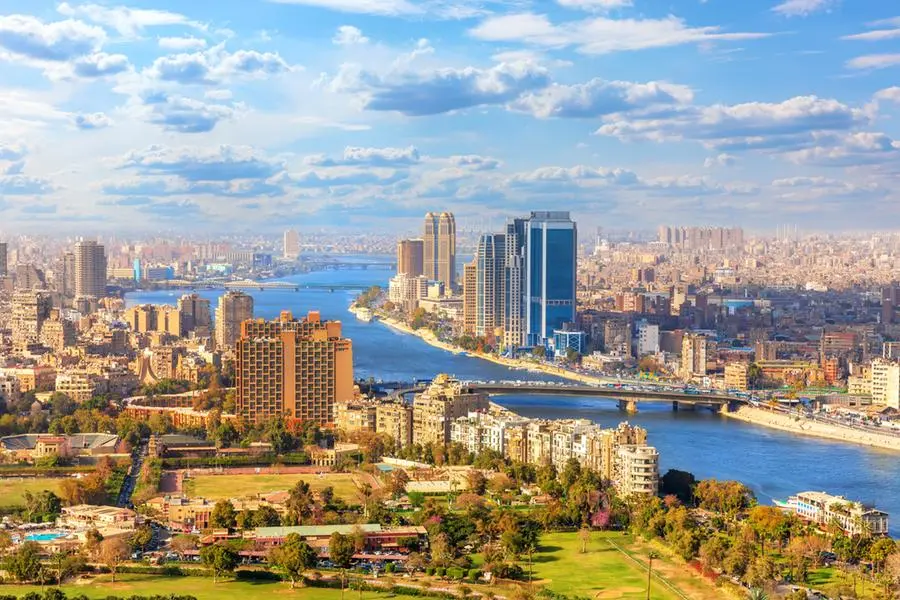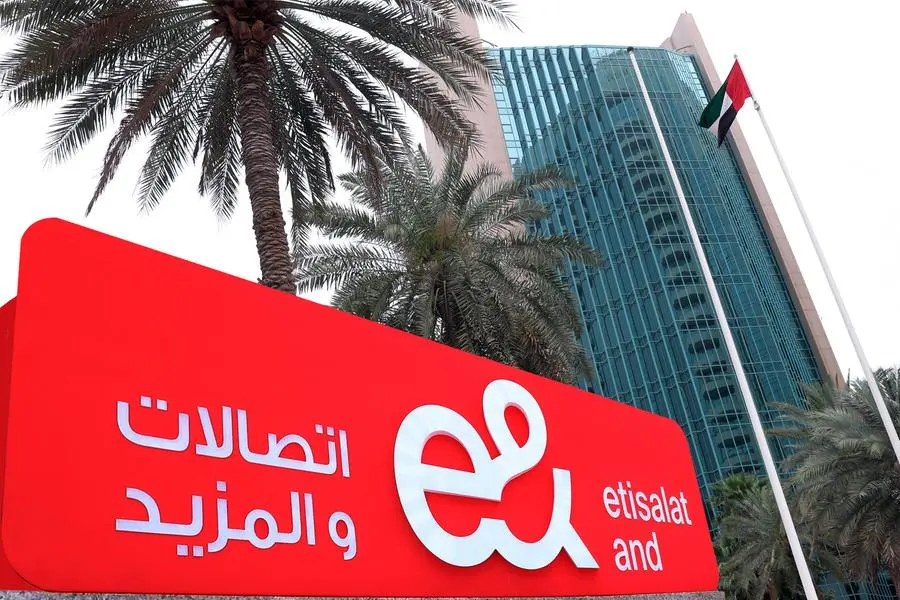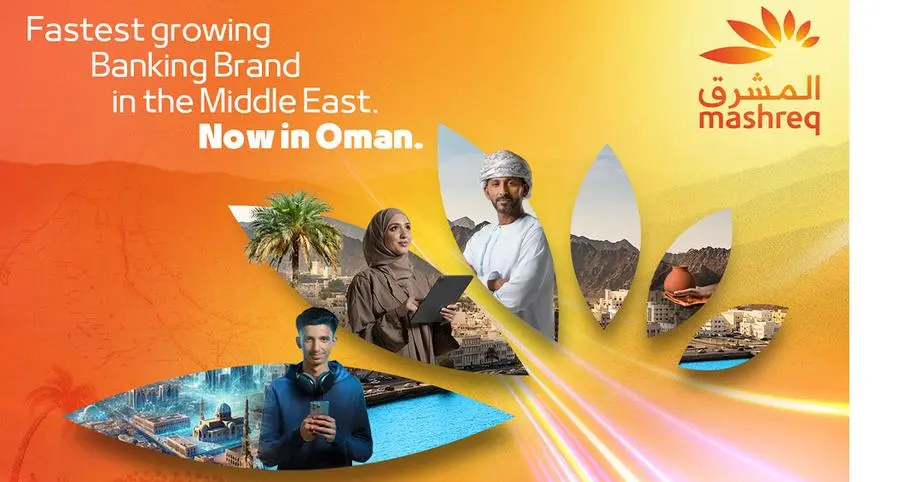PHOTO
Mutrah waterfront with Mosque in Muscat at sunset and Corniche with nobody. Image used for illustrative purpose. Getty Images
Economic diversification is the cornerstone of Oman’s economic strategy, and its benefits have begun to materialise.
Oman is preparing to launch its Eleventh Five-Year Plan (2026-2030), a pivotal milestone in the journey towards achieving the goals of Oman Vision 2040. This plan follows the Tenth Five-Year Plan, which laid the foundation for economic recovery after challenges posed by the COVID-19 pandemic and declining oil prices.
In this article, we provide an objective and critical analysis of the Tenth Plan’s achievements and challenges, examine the preparation process and inclusiveness of the upcoming plan, and discuss the impact of economic diversification on GDP and employment opportunities. Additionally, we will highlight the challenges and opportunities associated with implementing the new plan and conclude with recommendations to enhance its success.
10th Five-Year Plan: Success and Challenges
The Tenth Five-Year Plan (2021-2025) achieved significant economic milestones despite difficult initial conditions. The GDP recorded a stronger-than-expected recovery, with economic growth exceeding targeted levels in the plan sectors. This growth helped maintain economic momentum despite a decline in oil sector contributions, underscoring the success of economic diversification strategies in reducing reliance on oil revenues.
Regarding development initiatives, the Tenth Plan oversaw the implementation of numerous strategic programmes aligned with Oman Vision 2040’s priorities.
While several programmes were fully completed, others remain ongoing, and some were merged or canceled to adapt to evolving circumstances. The plan also witnessed developmental spending and a rise in allocated funds for projects. Global economic fluctuations—such as the COVID-19 pandemic, supply chain disruptions, and rising global inflation—placed pressure on the timely implementation of some projects.
Furthermore, Oman’s continued reliance on oil revenues remains a structural challenge; for example, a decline in oil production during certain periods led to a notable contraction in oil-related activities, highlighting the economy’s vulnerability to energy market shifts. Creating sufficient job opportunities for Omani citizens remains a pressing issue, as workforce development and employment generation require continuous efforts. While economic conditions have improved, sustaining job creation and ensuring adequate employment opportunities for the country’s growing youth population remain top priorities.
11th Plan’s Preparation and Inclusiveness
The Eleventh Five-Year Plan was designed with a high level of inclusiveness and community participation, ensuring alignment with Oman Vision 2040’s economic priorities. The new plan identifies high-value economic sectors that contribute to economic diversification while achieving Oman’s long-term vision. The planning process integrated multiple strategic, developmental, and special tracks, ensuring coherence between Oman Vision 2040’s long-term strategy, five-year development plans, and annual national and sectoral plans. This holistic approach ensures that the plan remains aligned with the four pillars of Society and People, Economy and Development, Environmental Sustainability, and Governance and Institutional Performance—while fostering balanced growth across these areas.
Economic diversification is the cornerstone of Oman’s economic strategy, and its benefits have begun to materialise.
A notable aspect of the Eleventh Plan’s preparation was its emphasis on stakeholder participation. The Ministry of Economy announced that community engagement was a fundamental methodology in shaping the new plan.
Numerous discussion sessions, brainstorming workshops, and stakeholder consultations were conduct extensive participation from government entities, private sector representatives, and civil society institutions. This participatory approach ensured that the plan reflected a shared vision between the government and development, enhancing its practicality and public support. By adopting an inclusive and integrated planning framework, the Eleventh Plan is well-positioned for effective implementation.
GDP and Employment
Economic diversification is the cornerstone of Oman’s economic strategy, and its benefits have begun to materialize. The non-oil sector’s contribution to GDP has steadily increased, supporting economic growth even during periods of weak oil sector performance. Data indicates that the average economic growth during the Tenth Plan exceeded the targeted growth rate, driven by robust none-oil activities. Key sectors such as manufacturing, tourism, and logistics have experienced notable growth, strengthening Oman’s economic base.
Regarding employment, economic diversification has begun to positively impact job creation by expanding workforce opportunities across various industries. Statistics from the Ministry of Economy indicate that employment in the private sector grew faster than government sector employment by the end of 2022, signifying a shift towards private-sector-led job creation. This reflects the success of policies aimed at empowering the private sector to become the primary driver of employment.
Additionally, the number of small and medium enterprises (SMEs) increased by approximately 46% between 2019 and 2022, indicating a growing entrepreneurial ecosystem and a flourishing startup environment. This SME growth enhances job creation prospects and strengthens economic diversification by broadening the range of business activities in Oman.
Diversification efforts extend beyond traditional industries to high-potential sectors, such as food security and agri-business. The Ministry of Economy highlights promising investment opportunities in food security projects, particularly in Al Najd and Duqm’s cold chain logistics projects, which could serve as sustainable employment sources. Additionally, Oman is focusing on transformational industries, such as renewable energy, hydrogen production, and high-value-added manufacturing, which have been prioritized in the Eleventh Plan as long-term economic drivers.
Challenges and Opportunities
As Oman transitions to the Eleventh Five-Year Plan, several challenges must be addressed to ensure successful implementation. A primary challenge is sustaining economic diversification momentum. Despite progress, the oil sector remains the dominant revenue source, making Oman susceptible to global energy price fluctuations. To mitigate this dependency, non-oil sector contributions must be further expanded, with a focus on improving productivity and competitiveness.
Another key challenge is maintaining a steady pace of job creation to meet the needs of the growing workforce. As more Omanis enter the labour market annually, the government must attract quality investments that generate sufficient employment opportunities. This requires aligning education and training programmes with emerging industries to ensure that Oman’s youth are equipped with the necessary skills.
Additionally, global economic uncertainties—including slowing economic growth in key markets, supply chain disruptions, and rising financing costs—may impact foreign direct investment inflows. Strong institutional coordination and effective governance will be critical to overcoming these external challenges and ensuring smooth implementation of development projects.
On the other hand, the Eleventh Plan presents significant opportunities, particularly in emerging economic sectors such as green energy and hydrogen production, which Oman is actively developing. The diversification strategy also includes enhancing food security and industrial development, as well as positioning Oman as a regional logistics hub through integrated port, airport, and road infrastructure.
Furthermore, strengthening public-private partnerships and foreign investment in priority sectors will unlock new growth avenues and accelerate economic transformation.
To enhance the successful implementation of the Eleventh Five-Year Plan, the following recommendations are proposed:
• Strengthen execution and governance mechanisms by ensuring rigorous project tracking, clear key performance indicators (KPIs), and periodic evaluations.
• Empower the private sector through regulatory reforms and investment incentives to boost foreign and domestic investments in targeted sectors.
• Align education and workforce development with emerging industries to equip Omanis with future-ready skills.
• Maintain financial stability by diversifying government revenue sources and adopting prudent fiscal policies.
• Expand economic diversification initiatives by sustaining SME growth, developing high-value industries, and capitalizing on Oman’s geographical advantages.
Conclusion
The Eleventh Five-Year Plan represents a crucial step in Oman’s economic transformation. While the Tenth Plan successfully set the foundation for diversification and recovery, the next phase must build upon its achievements and address existing challenges. Oman’s strategic planning, commitment to economic reforms, and emphasis on stakeholder collaboration create a strong foundation for success. However, translating plans into tangible results will require efficient execution, proactive governance, and continuous innovation. If properly implemented, the Eleventh Plan will pave the way for a more diversified, sustainable, and resilient economy, reinforcing Oman’s long-term vision for prosperity.
2022 © All right reserved for Oman Establishment for Press, Publication and Advertising (OEPPA) Provided by SyndiGate Media Inc. (Syndigate.info).
